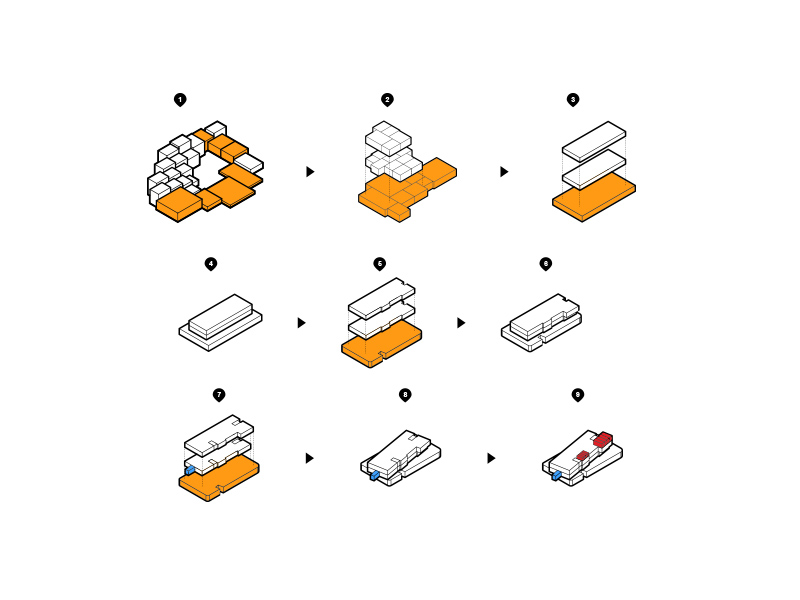

If you are planning to run a public-facing web application with back-end servers that are not publicly accessible – for example a multi-tier website – this template would be ideal to communicate your application design. This template represents a scenario that includes a VPC or a virtual private cloud with a public subnet and a private subnet. To create Azure Architecture, use an Azure architecture diagram tool AWS VPC architecture diagram with Public and Private Subnets
ARCHITECTURAL DIAGRAMS PROFESSIONAL
This expert guidance was contributed by cloud architecture experts from AWS, including AWS Solutions Architects, Professional Services Consultants, and Partners. High-Level HA Architecture for VPN Instances 2 The AWS Architecture Center provides reference architecture diagrams, vetted architecture solutions, Well-Architected best practices, patterns, icons, and more.3-Tier Auto-Scalable Web Application Architecture.Reference Architecture with Amazon VPC Configuration.Architecture of the Elastic Load Balancing Service.High-Level HA Architecture for VPN Instances.AWS VPC diagram with Public and Private Subnets.Listed below are the AWS architecture diagram examples in this post

Simply click the template that meets your requirements to modify it online. While architecture diagrams are very helpful in conceptualizing the architecture of your app according to the particular AWS service you are going to use, they are also useful when it comes to creating presentations, whitepapers, posters, dashsheets and other technical material.įollowing are some helpful AWS architecture diagram examples Creately has designed to make your application designing process much easier. AAI3087395.AWS architecture diagrams are used to describe the design, topology and deployment of applications built on AWS cloud solutions. Subject AreaĮmmons, Paul Frederick, "The image of function: Architectural diagrams in handbooks and normative practices in the twentieth century" (2003). When released from its restricted factual sense, the architect's functional imagination is enriched through thick interpretation of diagrams.
ARCHITECTURAL DIAGRAMS SERIES
The functional bubble diagram for example, is interpreted geometrically as a future physical building and topologically as a series of functional relations. Architectural diagrams are interpreted both visually and relationally. Through historical analysis primarily based in the late nineteenth- and early twentieth-century, particular diagrams such as aspect, bubble, and flow diagrams are shown to be thick descriptions of the world that require interpretation. Schemas, or fundamental diagrammatic structures such as rota, ladder, and network, are shown to influence the range of the imagination and are studied through their continuity, change, and manipulation. Dashed lines are examined to demonstrate how the smallest diagrammatic marks are already meaningful in the particular nature of their construction. Charles Sanders Peirce's semiotics is used to examine the nature of diagrams as indexical icons. Twentieth-century planning handbooks, especially Architectural Graphic Standards, Time-Saver Standards, and Bau-entwurfslehre, assert and isolate the facticity of functional architectural thought derived from scientific management, technocracy, and logical positivism. Paul Frederick Emmons, University of Pennsylvaniaĭiagrams are widely understood as thin descriptions that are transparent to the facts they represent.

The image of function: Architectural diagrams in handbooks and normative practices in the twentieth century


 0 kommentar(er)
0 kommentar(er)
